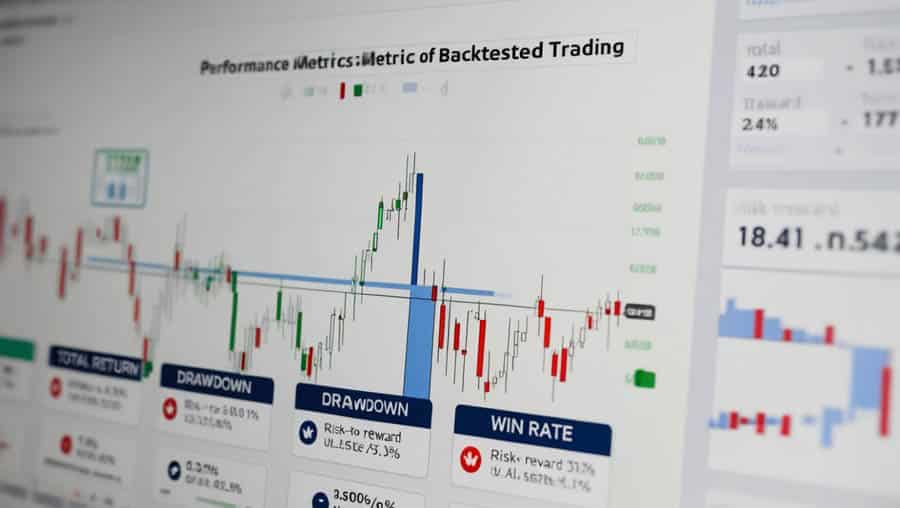The Aroon Indicator, developed by Tushar Chande in the 1990s, is a technical analysis tool designed to help identify changes in market trends. Specifically, it allows traders to observe potential future price movements and detect emerging trends in asset prices. The indicator measures the time elapsed between highs and lows in price action. Its core concept is that a strong uptrend is characterized by recent new highs, while a strong downtrend is marked by new lows.
Due to its ability to quickly capture profits in the market, the Aroon Indicator is often the foundation of many ultra-short-term trading strategies. It is one of the few technical indicators that can help traders identify trends and achieve consistent success in trading.
Any seasoned short-term trader knows that asset prices typically fluctuate within a certain range and often show impulsive moves. During a trading session, actual upward or downward movements usually take up a small fraction of the time.
The Core of the Aroon Indicator: Aroon Up and Aroon Down
The Aroon Indicator’s formulas are designed to anticipate when price action is shifting from a consolidation phase to a trending phase—helping traders determine when to enter long or short positions. It can also signal when a security’s trend may be ending and entering consolidation.
Visually, the Aroon Indicator is displayed on a daily chart, with the Aroon Up line indicating a potential upward trend, and the Aroon Down line suggesting the opposite.
The indicator typically uses a 25-period window, with values ranging from 0 to 100. When the Aroon Up indicator is above 50, it means a new high has occurred within the past 12.5 periods.
The same logic applies to the Aroon Down indicator. When it exceeds 50, it signals that a new low was reached within the past 12.5 periods. Values near 100 indicate a very strong trend.
How the Aroon Indicator Is Calculated
The Aroon Indicator calculates how long it has been since the last high or low occurred, represented as a percentage between 0 and 100.
If the Aroon Up line is near 100%, it suggests that the market is experiencing a strong uptrend. Similarly, if the Aroon Down line is near 100%, it means a recent low occurred just a short time ago.
To calculate the current Aroon Up value, identify the number of days since the highest price in the last 20 days. For example, if the high was 2 days ago, the formula would be:
Aroon Up = (20 – 2) × 100 / 20 = 90
If the last high was 15 days ago, the value would be 25. The closer the high is to the current day, the higher the Aroon Up value will be. If the Aroon Down value is low at the same time, it may confirm the presence of an upward trend.
How to Read Aroon Values
There are three key levels to watch when interpreting the Aroon Indicator: 0, 50, and 100. If Aroon Up is above 50 and Aroon Down is below 50, the market is considered to be bullish. This means new daily highs are more likely than new daily lows. The opposite is true for a bearish market.
Identifying a Consolidation Phase
There are two signs that the market is entering a consolidation phase. The first is when both Aroon Up and Aroon Down are below 50. The second is when both lines are trending downward simultaneously. When both indicators are under 50, it suggests no new highs or lows have occurred in the past 13 days. If the lines move parallel to each other, it indicates a trading range.
A New Trend Is About to Emerge
The emergence of a new trend typically follows three stages. The first signal is when Aroon Up crosses above Aroon Down, indicating that new highs are appearing more frequently than new lows. The next signal is when Aroon Up exceeds 50 while Aroon Down remains below 50. The final confirmation comes when Aroon Up reaches 100 and Aroon Down stays below 30.
Code Example
import requests
import pandas as pd
def get_stock_price(symbol):
response = requests.get(url)
data = response.json()
return data["price"]
def calculate_aroon_indicator(prices, period=25):
highs = prices.rolling(window=period).max()
lows = prices.rolling(window=period).min()
aroon_up = ((period - (prices - lows).idxmax()) / period) * 100
aroon_down = ((period - (prices - highs).idxmin()) / period) * 100
return aroon_up, aroon_down
if __name__ == "__main__":
symbol = "AAPL"
price = get_stock_price(symbol)
print(f"Current price of {symbol}: ${price}")
historical_prices = pd.DataFrame({"Price": [price]})
aroon_up, aroon_down = calculate_aroon_indicator(historical_prices["Price"])
print(f"Aroon Up: {aroon_up}%")
print(f"Aroon Down: {aroon_down}%")






